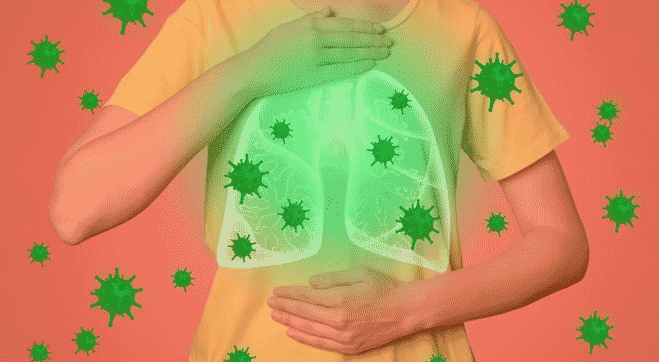Tuberculosis (TB) is not an ordinary disease. It emanates a level of panic that goes beyond the usual concerns. It has been highlighted in medical history for centuries as the “killer disease”. Way back in 5000 B.C., history reveals that the evidence of TB was found in the spines of Egyptian mummies. Ever since then, this disease remains immortal. After the discovery of antibiotics for the disease in the 20″ century, the causative agenttubercle bacilli developed strategies for its survival by making itself drug resistant. At it’s worst, the social stigma associated with it not only envelopes the affected ones, but their entire family as well .








